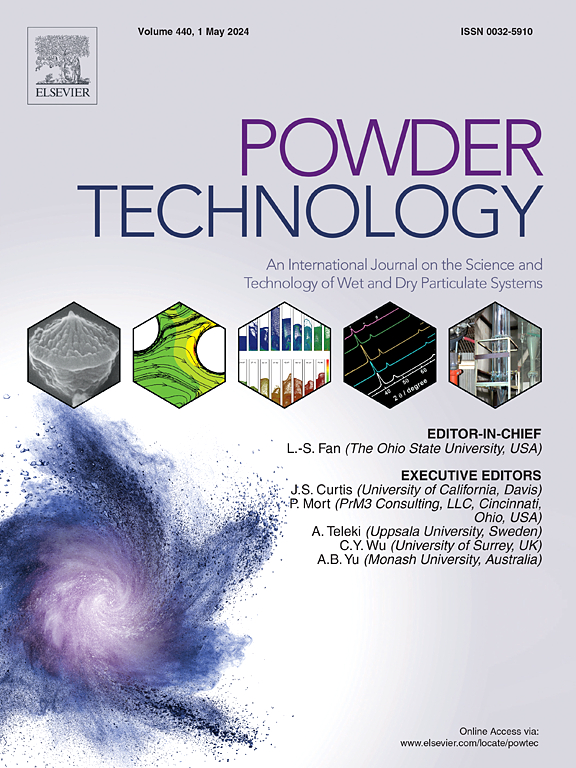Adaptive optimization random forest for pressure prediction in industrial gas-solid fluidized beds
IF 4.5
2区 工程技术
Q2 ENGINEERING, CHEMICAL
引用次数: 0
Abstract
The establishment of a pressure prediction model in the gas-solid fluidization process enables acceptable forecasts of pressure drop, facilitating precise control and optimization of fluidized operations. Coupling effects between operational parameters and limited real-world samples further complicate model development. To address these issues, this paper proposes an industrial gas-solid fluidized bed axial pressure prediction model based on Scale-Invariant Feature Transform (SIFT) and Adaptive Optimization Random Forest (AO-RF). The SIFT module employs fixed distribution for data mapping, addressing the challenge of mismatch between feature and prediction data. Meanwhile, AO-RF effectively handles the complex relationships between limited samples and multi-scale data through Bayesian automatic hyperparameter optimization and robust model ensemble techniques, accurately capturing the nonlinear and dynamic characteristics of the fluidization process. Experimental results confirm the high prediction accuracy and generalization performance of the model, laying a solid foundation for AI (Artificial Intelligence) applications in industrial gas-solid fluidization processes.

求助全文
约1分钟内获得全文
求助全文
来源期刊

Powder Technology
工程技术-工程:化工
CiteScore
9.90
自引率
15.40%
发文量
1047
审稿时长
46 days
期刊介绍:
Powder Technology is an International Journal on the Science and Technology of Wet and Dry Particulate Systems. Powder Technology publishes papers on all aspects of the formation of particles and their characterisation and on the study of systems containing particulate solids. No limitation is imposed on the size of the particles, which may range from nanometre scale, as in pigments or aerosols, to that of mined or quarried materials. The following list of topics is not intended to be comprehensive, but rather to indicate typical subjects which fall within the scope of the journal's interests:
Formation and synthesis of particles by precipitation and other methods.
Modification of particles by agglomeration, coating, comminution and attrition.
Characterisation of the size, shape, surface area, pore structure and strength of particles and agglomerates (including the origins and effects of inter particle forces).
Packing, failure, flow and permeability of assemblies of particles.
Particle-particle interactions and suspension rheology.
Handling and processing operations such as slurry flow, fluidization, pneumatic conveying.
Interactions between particles and their environment, including delivery of particulate products to the body.
Applications of particle technology in production of pharmaceuticals, chemicals, foods, pigments, structural, and functional materials and in environmental and energy related matters.
For materials-oriented contributions we are looking for articles revealing the effect of particle/powder characteristics (size, morphology and composition, in that order) on material performance or functionality and, ideally, comparison to any industrial standard.
 求助内容:
求助内容: 应助结果提醒方式:
应助结果提醒方式:


